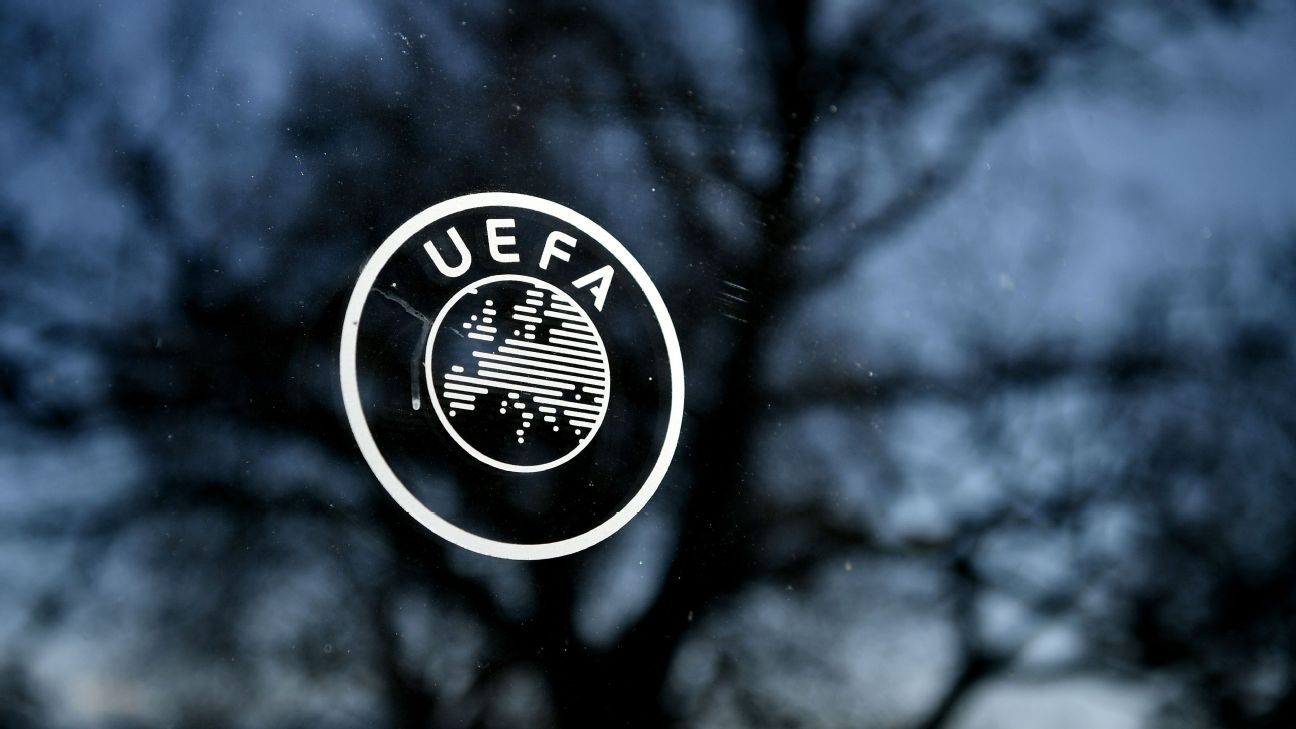An in-depth look into the 4x400m relay
Written by I Dig Sports
A deep analysis of an athletics event that is full of drama, dedication and dependability
Olympic, world and European medallist now UK Athletics coach Martyn Rooney talks Stuart Weir through the recipe for success in an event which requires a very different set of skills
Selecting the team
Relay selection comes down to a few criteria and we must work within the confines of the selection policy. Current form is obvious but choosing the best relay runners is key.
Athletes with good relay technical skills and previous relay experience will come into play. For example, if there are two athletes with similar seasons bests over the individual 400m but one can run on multiple legs of the 4x400m and has run a really strong relay leg in the last couple of seasons, then they would probably be more likely to be nominated for selection.
Youll find that most of the athletes are very similar and it can be difficult to select one over another. Different events have requirements that are needed to compete at a World Championships or Olympics and the relay is an event requiring professionalism and the ability to be a team player. Individual sports require athletes to be selfish and driven, but in a team you need to accommodate each other, have good communication skills and be able to support and improve your team-mates towards a common goal.
Im also aware that the relay members often need to be around athletes competing individually, so those relay team members need to bring the right energy to a camp. Poor attitude and behaviour simply cant be tolerated at a senior championship when someones livelihood is on the line.
Matthew Hudson-Smith and Martyn Rooney (Mark Shearman)
Each leg is different
Each leg provides a different challenge and relies on athletes with different strengths. For the first leg you need to be the most consistent runner and ideally within the top three from the first exchange think low 45s (for men) and mid to high 50s (for women) to make sure the team is competitive.
The second leg is a busy one; technical baton skills, body awareness, competitive 200m speed and 800m awareness is hard to combine but necessary to compete at the top end. A good second leg can make all the difference in a race too much traffic and youre constantly chasing world-class runners.
The third leg is the thinking athletes leg! You need to be aware of all that is happening throughout the race, whos ahead and behind, where your outgoing runner needs to be to be competitive all whilst managing your own effort and making sure youve got something left down the home straight.
The anchor leg is seen as the run that everything hinges on but, in reality, it is a culmination of the first three legs as you cant win it on your own! With the depth of 400m running globally, there are not many teams out there who can win a race on one leg.
Femke Bol is, of course, a standout athlete, but she still needs a 48 high split from Lieke Klaver to keep the team somewhere in the race. The last leg runner needs to be comfortable racing the best athletes, and a healthy ego is a good thing, but too much ego and they can overdo it and finish poorly.
The last leg offers its own pressures. The race is tough, but now you are fighting other athletes for the medal. Its a real battle but the best last leg runners can find that extra one per cent down the home straight.
The Dutch quartet celebrate (Getty)
Is it best to be leading going into the final leg?
Its individual. Personally, I preferred to sit and kick. I used to find it relaxing. It suited me coming from a more middle/long distance background, and someone like Kevin Borlee is an expert we both liked to sit and kick. But it depends on the individual. Every athlete has their own preference.
Some athletes cant sit on someones shoulder and need to be out in front. Pace judgment, stride pattern, needing to have a clear view can all have an impact on an athletes preference. I think if you come from a distance background, youre probably better suited to sitting on someones shoulder, whereas a short sprinter might prefer clear air.
I could run 44 flat solo running but I could run 43 if I could get someone else to take me round. This is classic Kriss Akabusi from 1991. Someone does the work for you, and you just go past them and make a break for it late on in the race. That suited me down to the ground.
The 1991 World Championships mens race was a game-changer
In Tokyo, Britain famously won the gold medal by changing the running order and putting the fastest athlete, Roger Black, who usually ran the anchor leg, out first and putting Kriss Akabusi on the final leg. What I liked about it was they understood the race and their strengths as a team; good communication and trusting each other led to the gold medal.
Thats what we are working towards, a common athlete-led goal, understanding what it takes to get all the athletes on the podium. For me as an athlete, it was always about winning medals and now, for most of our athletes, the best opportunities to do that come in the relay. Being on that podium is a special place.
World champions (l to r) Derek Redmond, Kriss Akabusi, John Regis, Roger Black (Mark Shearman)
How to use your fastest runner
Each team is different, and each race requires a different order. Were trying to play a game of chess with the aim of winning the race. To do this an athlete might have to run on a leg that they arent especially comfortable with, but ultimately it is what is best for the team.
Ideally being involved in the race early on gives you the best chance of winning a medal. As Ive said before, no matter how good you are, you cant chase down world-class athletes when they have a 30 to 40m head start.
Changeovers
The efficiency of the changeover is important you can lose a lot of time here if you make an unforced error. Ive made mistakes in changeovers; in the mixed relay in 2019 we didnt practise it enough and I left slightly early and had my hand a little too high for the incoming runner. Time wise it probably cost me just 0.1 but more importantly my position in the race meant I was under pressure rather than running into space.
In a good changeover, the baton doesnt slow down, the athletes exit the exchange zone at speed and are able to get into their run without clashes, so speed perception and being aware of your surroundings are key to this. We will look to develop an athletes ability to take and receive a baton at speed over the next few years from the age group teams up into the senior programme so that we can always call upon an athlete to do a job and survive the challenging changeover area.
Tactics and coaching
You can have your race plan, but every race is different, so it is essential to be prepared to go and do it in whatever way it takes to get you a medal. Its being aware of whats going on ahead of you, whats behind you, and knowing whos on your leg, what their strengths are, what their weaknesses are and almost knowing what people are going to do before they do it.
We need to get the basics taught to the athletes simple things like not overtaking on bends and the ability to make good exchanges. However, the best teacher is going to be experience. Just getting out there and racing relays and making mistakes. We need to give the athletes opportunities to be competitive and make those mistakes in safe environments.
Martyn Rooney in 2016 (Mark Shearman)
Facing up to the strongest teams
Anything is possible in a relay. Ideally, we would have a team of fast runners and we could set it up on paper and we should win, but thats not what elite sport is about. If you can put an athlete in a position to challenge and interrupt someones race, they may not be able to compete to the best of their ability and then they become vulnerable.
There isnt much that can be done when youre up against a low 43 second runner (men) or a 48 second runner (women) if youre not within a second of them on the flat but, if youre there, racing with them, youll be surprised how much more an athlete can find in a team event!















 Phone: (800) 737. 6040
Phone: (800) 737. 6040 Fax: (800) 825 5558
Fax: (800) 825 5558 Website:
Website:  Email:
Email: 






